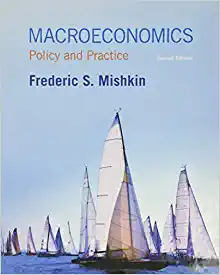Answered step by step
Verified Expert Solution
Question
1 Approved Answer
Answer the following? Look over the Nicaragua Data and answer the following question Nicaragua Data.xls: https://docs.google.com/spreadsheets/d/1GXa9bXNrXVc6lgaF3RDCkQaj0xVxXlxyVapX0UVmWlA/edit?usp=sharing Part III. Data Analysis: Land Reform, Poverty and Inequality.

Answer the following?
Look over the Nicaragua Data and answer the following question
Nicaragua Data.xls: https://docs.google.com/spreadsheets/d/1GXa9bXNrXVc6lgaF3RDCkQaj0xVxXlxyVapX0UVmWlA/edit?usp=sharing

Step by Step Solution
There are 3 Steps involved in it
Step: 1

Get Instant Access to Expert-Tailored Solutions
See step-by-step solutions with expert insights and AI powered tools for academic success
Step: 2

Step: 3

Ace Your Homework with AI
Get the answers you need in no time with our AI-driven, step-by-step assistance
Get Started


